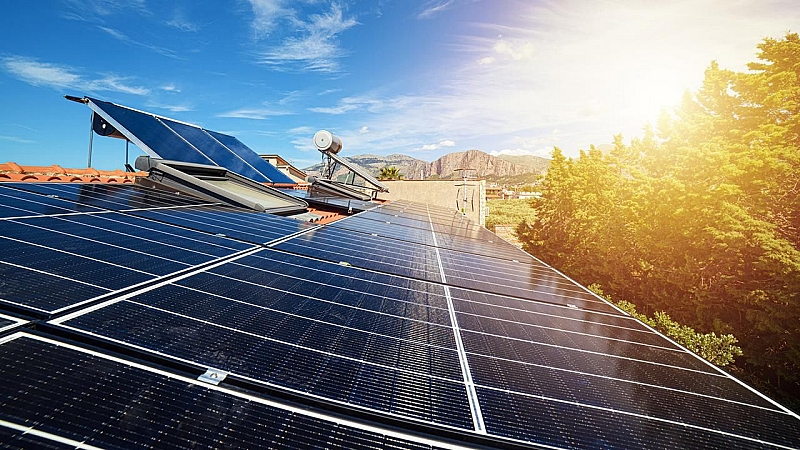Solar power is a renewable energy source that is abundant and free. It can generate large amounts of electricity and can store excess energy in batteries. The only drawback is that solar panels require a significant financial investment. Also, solar power is only effective when the sun is shining, and is not very useful during certain seasons or regions. For this reason, you will need many panels, and you will need to plan your installation according to your needs. There are also many myths about solar power, and these myths make it hard to decide if it is right for you.

When it comes to determining how much solar power your home will need, meteorological data can help. The average monthly amount of sunlight in your area will help you decide the right size system. Additionally, you should also check your utility bills to see how much electricity you use. If you are currently paying more than you’re getting, consider building a larger system and saving more money. Then you can pay for the system yourself. If you’re unsure about the investment, a good way to figure it out is to buy a small panel and set it up.
While solar energy does not work well at night, it is still a great source of energy. Without a storage device, it cannot be used during the night. It is also expensive and requires a large amount of land to collect the energy. However, the cost of installing solar power systems is much lower than the cost of conventional power companies. It can be paid for in five to ten years depending on the size of the system and how much sunlight you get in your area.
In addition to the costs, solar power is a great option for reducing your carbon footprint. It has several advantages, and it is one of the easiest ways to generate electricity from the sun. In the US, it is also becoming an increasingly popular source of electricity generation. It can be both cheap and reliable, and can also supplement traditional power company power. This is especially true when you live in a sunny area and the sun’s rays are strong.
In addition to the benefits, solar power can supplement traditional power companies by providing supplemental power to homes. The technology behind solar panels works by converting sunlight into electricity. It is called photovoltaic, and is the process of turning sunlight into electricity. This energy is then collected in panels and subsequently converted into alternating current (AC). The inverter converts the DC electricity into a usable form. Modern solar systems are designed to be a single inverter or contain individual micro inverters attached behind the panels.
In order to start generating electricity with solar energy, you should consider the size of your house. The best way to maximize the output of solar power is to install a solar collector. In a large field, these panels will cover hundreds of square feet. On the other hand, a single panel will not provide enough power to a whole town. A typical collector can provide power for thousands of people. A larger solar system will need to be installed on the roof of a building.





